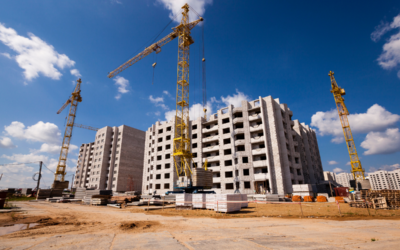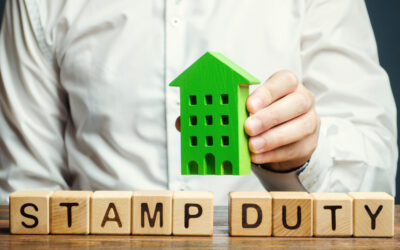By Paul O’Dea and Nerida Whelan
Earlier this year the Queensland parliament passed the Building and other Legislation (Cladding) Amendment Regulation 2018 (Qld), amending the Building Regulation 2006 (Qld) (“Regulation“), which will come into force on 1 October 2018. The amendment to the Regulation is the Queensland government’s response to combustible cladding concerns in the wake of the Grenfell Tower fire tragedy and imposes an assessment process on owners of privately owned buildings, managed through an online registry system. The Queensland Building and Construction Commission (“QBCC“) is the regulator responsible for the checklist and register.
The assessment process aims to identify privately owned buildings in Queensland which have combustible cladding. You will be required to report to the QBCC if:
- You are the owner of a class 2 to 9 building which is of type A or B construction (this does not include detached residential dwellings or single storey buildings of any description. A list of the classifications can be located here; and
- The building was built or has had cladding altered after 1 January 1994 and prior to 1 October 2018.
If your building falls into this category, you will be required to provide the QBCC with a combustible cladding checklist and a report by a building industry professional which sets out whether the building may be affected by combustible cladding. This must be done by 29 March 2019.
If the building industry professional does not identify any potential combustible cladding within the building, that will be the end of it. If your building is potentially affected by combustible cladding, you will have to engage a fire engineer to prepare a fire safety risk assessment. You must engage the fire engineer and advise the QBCC of the engineer’s name and registration details by 27 August 2019. You then have until 3 May 2021 to have the assessment undertaken and to provide a copy of the assessment to the QBCC. Further information regarding the assessment process can be located here.
If combustible cladding is identified in your building, you will be required to display a copy of the fire engineer’s assessment and, in the case of strata title buildings, provide a copy of the assessment to all lot owners and each tenant (if any) of the given building. It is not yet known whether the Queensland government intends to require building owners to take further steps in the event combustible cladding is identified. Penalties apply if owners fail to comply with their obligations under the Regulation.


